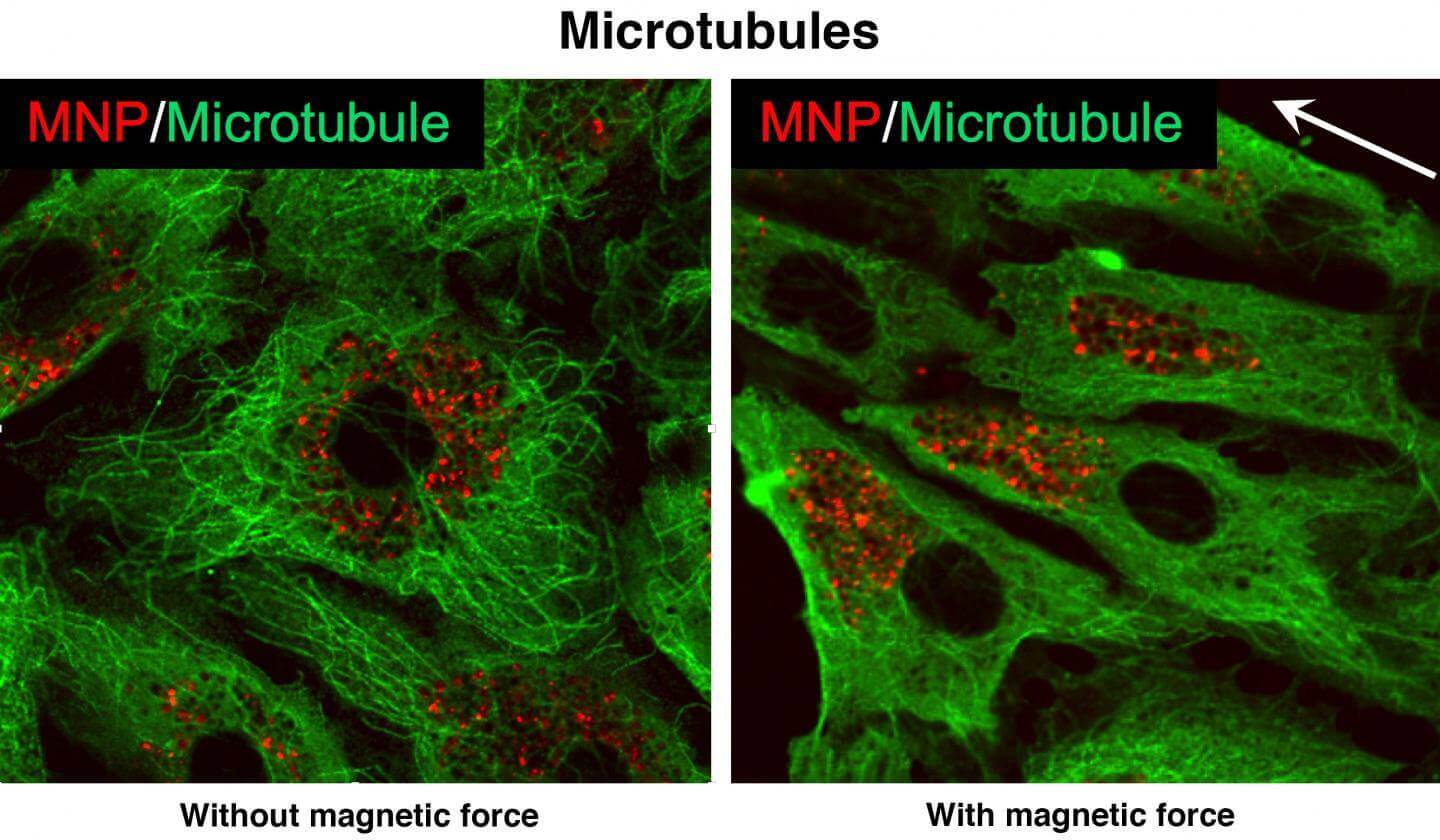



Business Inquiry
Global:
Email:marketing@medicilon.com
+1(781)535-1428(U.S.)
0044 7790 816 954 (Europe)
China:
Email: marketing@medicilon.com.cn
Tel: +86 (21) 5859-1500



The circulatory system is careful about the substances it allows to reach the tissues it serves. Yet there are times when it should, for the body’s greater good, permit the dissemination of substances that are ordinarily held back by the vascular endothelium. Such substances include biologic drugs and drug-loaded nanoparticles. Because they tend to be large, these substances have trouble passing between the tightly packed endothelial cells that line the blood vessels—unless the vessels are leaky.

Generally, leaky vessels are associated with serious health problems, such as pathological angiogenesis and inflammatory processes. But an investigational drug delivery approach promises to induce leaks selectively and temporarily, opening new channels for biomedical research and therapeutic applications.
The new drug delivery approach uses magnets to help iron oxide nanoparticles invade endothelial cells. It was developed by scientists at Rice University, Emory University and Emory University School of Medicine, and the Georgia Institute of Technology, who evaluated its performance both in the lab and in vivo.
The results of these evaluations appeared June 8 in the journal Nature Communications, in an article entitled “Magnetic Forces Enable Controlled Drug Delivery by Disrupting Endothelial Cell-Cell Junctions.” According to this article, which describes how magnetic forces distort the cytoskeletons of iron nanoparticle-infused endothelial cells, gaps in the endothelial barrier can be opened and closed on demand.
“…the permeability of vascular endothelium can be increased using an external magnetic field to temporarily disrupt endothelial adherens junctions through internalized iron oxide nanoparticles, activating the paracellular transport pathway and facilitating the local extravasation of circulating substances,” wrote the article’s authors. “This approach provides a physically controlled drug delivery method harnessing the biology of endothelial adherens junction.”
On-demand permeability could allow large-molecule drugs to reach target tissues, said Gang Bao, Ph.D., professor of bioengineering at Rice University. He added that strong magnets may be able to lead nanoparticle-infused stem cells or drug-laden nanoparticles themselves to targeted areas, even in deep tissues like organs that current therapies cannot reach.
“For many diseases, systemic delivery through the bloodstream is the only way to deliver molecules to the site,” Dr. Bao explained. “Small molecules can penetrate the blood vessel and get into the diseased cells, but large molecules like proteins or drug-loaded nanoparticles cannot pass the endothelium effectively unless it is leaky.”
Blood vessels in cancerous tumors typically have holes in the endothelial barrier, but they don’t close on demand like Dr. Bao and his team hope to make them do.
Along with drug molecules, Dr. Bao wants to use magnets to deliver nanoparticle-infused stem cells to injured tissues. “Unless you can do direct injection of stem cells, let’s say into the heart, you have to do systemic delivery and you have no control over where they go.
“Our initial idea was to deliver magnetic nanoparticles into stem cells and then use a magnet to attract the stem cells to a particular location,” he recalled. “In doing so, we also discovered that by applying a magnetic field, we could generate changes in the cell’s skeletal structure in terms of the actin filament structures.”
These structural elements give cells their shape and help keep neighboring cells tightly compacted. Dr. Bao’s team thought that if it could alter the cell–cell junction by using magnetic force, there was a possibility that we could engineer the leakiness of the vessel.
The lab created a microfluidic flow chamber that mimicked the vascular system and lined its tubes with real endothelial cells. Experiments proved their hypothesis: When a magnetic field was applied to the nanoparticle-infused cells, the gaps opened. Relaxing the force allowed most gaps to close after 12 hours.
Images by microscopy showed that fluorescent-tagged nanoparticles were evenly distributed inside the endothelial channel when a magnetic field was not applied. When it was, the particles redistributed, and the force they applied distorted the cytoskeleton.
In some images, actin filaments that help give a cell its shape were observed lining up with the force. “It’s a pretty dramatic change,” Dr. Bao remarked. “Once you apply the force, given enough time, the structure of the cells changes. That leads to the opening of the cell–cell junction.”
Dr. Bao said the magnetic force also generates a biological signal that alters the cytoskeletal structure. “It also contributes to the leakiness,” he said. “We’re still trying to understand what kind of signal we give to cells and how the individual cells are responding.”
While there are methods to facilitate two types of transport across the endothelial barrier—paracellular (between cells) and transcellular (through cells)—neither has the ability to target specific areas of the body. Dr. Bao said his team’s approach offers a solution.
He said his group is part of an ongoing collaborative project on knee repair with the lab of Johnny Huard, Ph.D., a professor of orthopedic surgery at the University of Texas Health Science Center at Houston. “The problem is how to accumulate therapeutic stem cells around the knee and keep them there,” Dr. Bao noted. “After injecting the nanoparticle-infused cells, we want to put an array of magnets around the knee to attract them.
“But if you want to treat the heart or liver, you’d need a pretty large device to have the required magnetic field,” he cautioned. “We don’t have that yet. To drive this to a clinical setting will be a challenge.”
 Relevant
news
Relevant
news